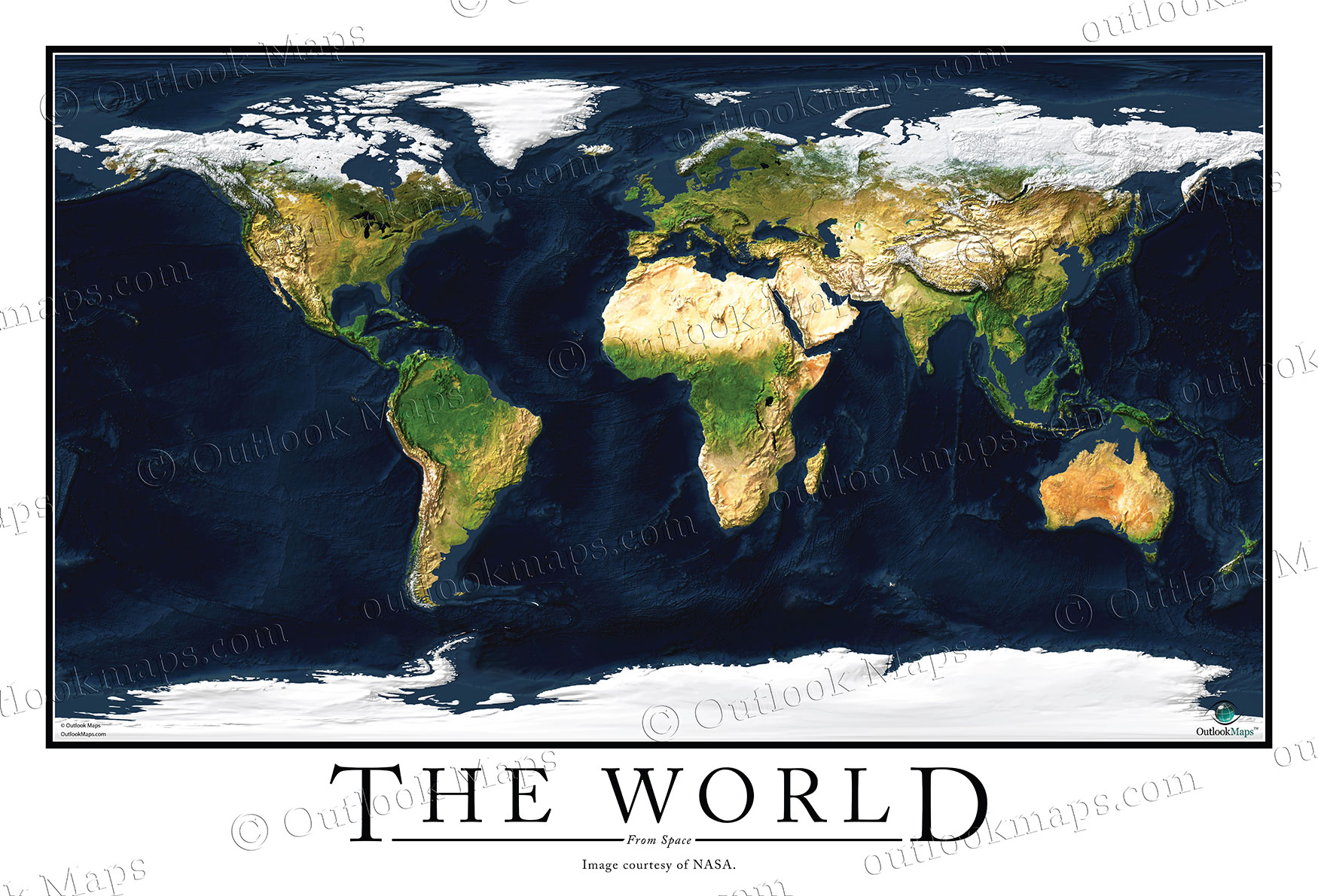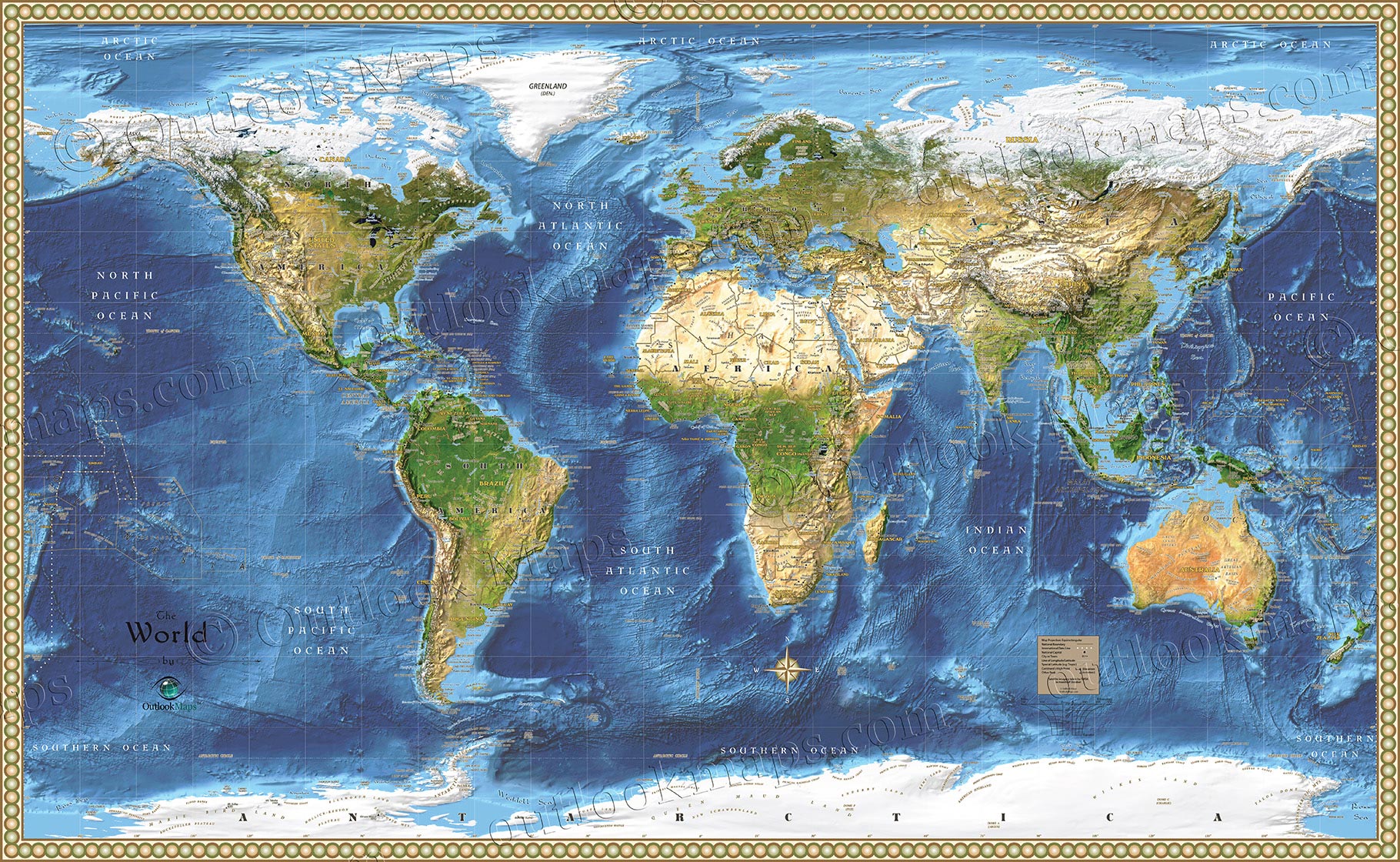

Designed and built in the 1980s and 90s, NASA and Lockheed Martin engineers set out to build a satellite that could take simultaneous measurements of Earth’s atmosphere, land, and water. But, at the same time that our lives on Earth were being shaped by our access to technology, 705 kilometers above us, a satellite was changing how we understood our planet.įor 20 years, Terra, the flagship Earth observing satellite, There is no question that technology has changed. In those twenty years, new applications and contributions to science have been made possible.

Terra’s suite of instruments allows us to understand our world well beyond what we knew twenty years ago, when Terra launched. Terra’s twenty years of data continue to contribute to how we understand Earth and how we respond when disasters strike. Terra’s five sensors help us understand out changing planet and provide critical data used in applications from food security, volcanic monitoring, wildfire safety, public health, and climate modeling. Read more… Terra: Providing Critical Data to Help Society However, despite impacts to some of Terra’s nearly 100 data products, Terra’s five sensors continue to collect meaningful scientific data, producing one of the longest continuous climate data records collected by a satellite. With no maneuvers planned to sustain Terra’s altitude and crossing time, Terra will slowly get closer and closer to Earth – crossing the equator earlier and earlier as time passes. For more information and to register, scan the QR code from the graphic below, or visit the Terra website.Īfter more than 20 years orbiting at 705 km above Earth’s surface and routinely crossing the equator at approximately the same time every day, Terra is now drifting. (see animation above) The Terra, Aqua, and Aura Drifting Orbits Workshop will be held virtually on November 1-2, 2022.

NASA previously released a Request for Information (RFI)on a Terra, Aqua, and Aura Drifting Orbits Workshop, for which the response date is October 11, 2022.

NASA’s Terra, Aqua, and Aura Drifting Orbits Workshop Information Animated Overview of the Request for Information For more information, view the graphic below, which is also available on the Terra website. The Terra Flight Operations Team is planning a set of orbital maneuvers for October 12 and 19 to lower Terra’s orbit by 6 km, as part of an effort to reduce orbital crossings with several other missions currently at Terra’s 705 km altitude. Information on Terra’s Lower Virtual Orbit Community Forum and Registration QR code (click on graphic for registration page) Terra News Features Terra’s Lower Orbit Virtual Community Forum Terra explores the connections between Earth’s atmosphere, land, snow and ice, ocean, and energy balance to understand Earth’s climate and climate change and to map the impact of human activity and natural disasters on communities and ecosystems.


 0 kommentar(er)
0 kommentar(er)
